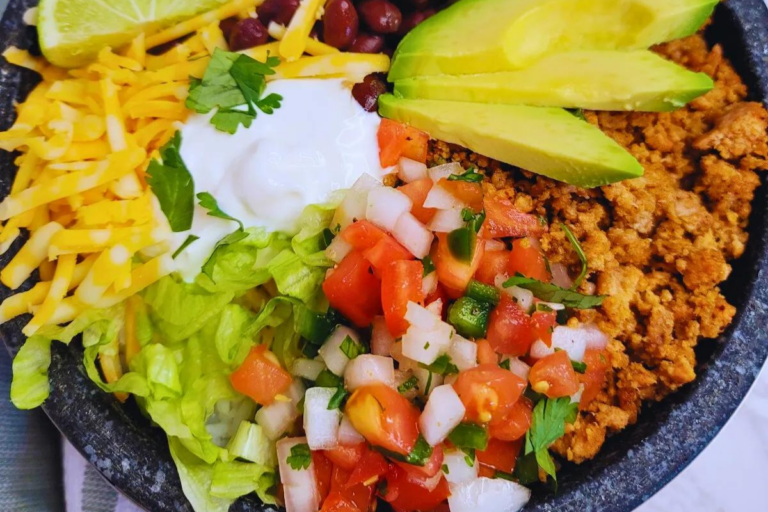15 Bizarre Food Facts You Never Knew You Needed
Have you ever wondered what strange secrets your favorite foods might be hiding? From bananas being berries to the surprising origins of red food coloring, there are plenty of bizarre and fascinating facts about the foods we eat daily.
In this list, we’ll explore 15 food facts that will leave you amazed and give you a whole new perspective on your next meal. Get ready to dive into the curious world of food and discover some surprising truths that you never knew you needed!
Honey Never Spoils
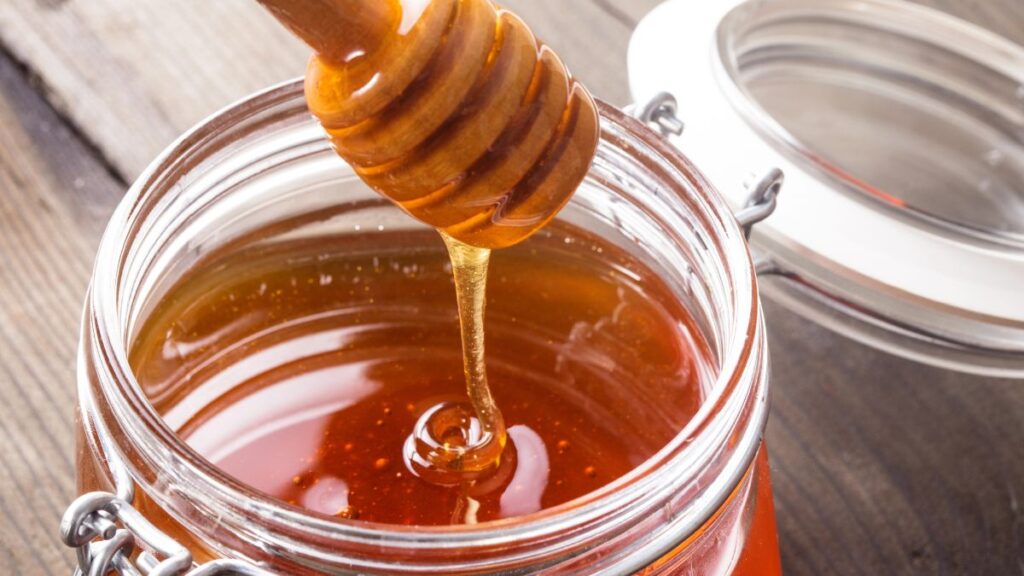
Believe it or not, honey is one of the only foods that doesn’t spoil and has an almost magical ability to last for centuries. Archaeologists have even discovered pots of honey in ancient Egyptian tombs that are over 3,000 years old, and incredibly, they’re still perfectly edible. This long shelf life is thanks to honey’s low moisture content and natural acidity, both of which create an environment where bacteria and other microorganisms simply can’t thrive.
Honey contains natural preservatives like hydrogen peroxide, which further inhibits the growth of bacteria. So, if you’ve got an old jar of honey sitting in your pantry, there’s no need to worry—it’s still good to use! Whether drizzled over toast or stirred into tea, honey’s ancient preservation power is as reliable today as it was thousands of years ago.
Bananas Are Berries, But Strawberries Aren’t
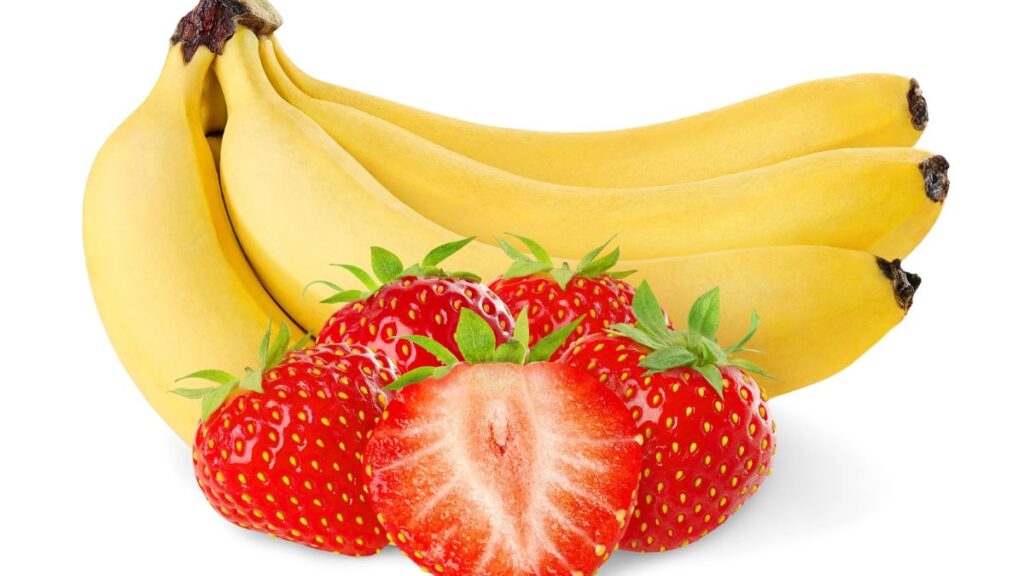
You might be surprised to learn that bananas are classified as berries while strawberries are not, a fact that turns our everyday understanding of fruit on its head. Botanically speaking, a berry is a type of fruit that develops from a single flower with one ovary and contains seeds embedded in its flesh. By this definition, bananas fit the bill with their soft, seed-filled centers as true berries.
On the other hand, strawberries develop from a flower with multiple ovaries, which technically makes them an aggregate fruit rather than a berry. This fascinating twist challenges what we typically think of as berries and highlights just how complex and varied the plant world can be. Next time you enjoy a banana or strawberry, you’ll know there’s more to these fruits than meets the eye, making every bite a little more interesting.
The Red Food Coloring in Your Candy Might Come from Bugs

The bright red color in your favorite candies might have a surprising origin—bugs. Specifically, cochineal insects, which are native to South America, are often used to produce a red dye known as carmine or cochineal extract. These tiny insects are harvested, dried, and crushed to create a vibrant red pigment that’s been used for centuries, not just in food but also in cosmetics, textiles, and even some medications.
While it might sound a bit unsettling, carmine is considered a natural alternative to synthetic dyes, and it’s known for its intense and stable color. So, the next time you’re savoring a piece of red candy or enjoying a pink yogurt, you might be getting a little taste of this all-natural, insect-derived dye. Though it may seem strange, it’s a testament to the resourcefulness of human ingenuity in making the most of the world’s natural resources.
Cashews Come from a Fruit
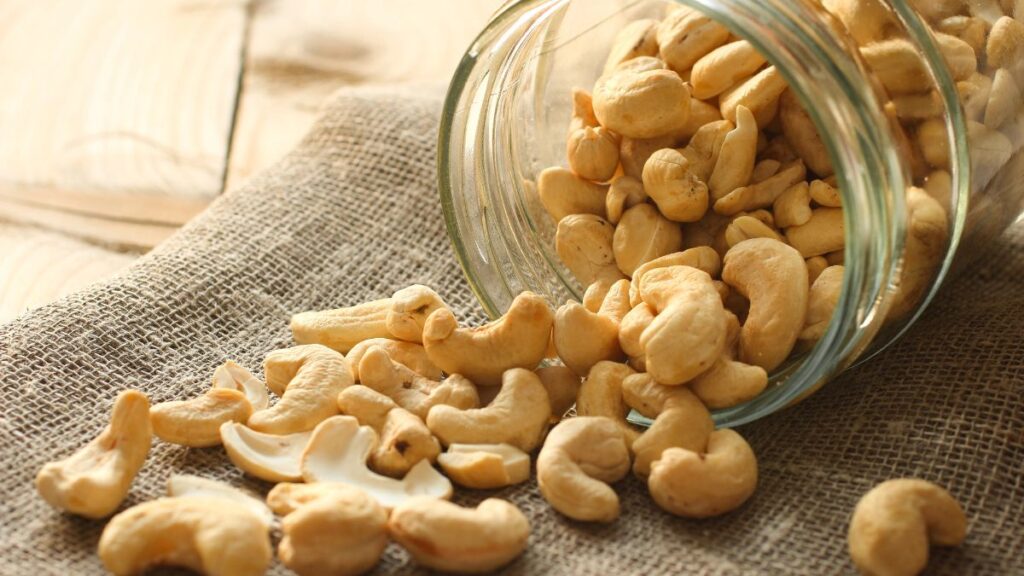
Cashews are among the most popular nuts, but did you know they come from a fruit? Cashews are technically seeds that grow attached to the bottom of the cashew apple, a tropical fruit that thrives in warm climates like Brazil and India. The cashew seed, commonly called the nut, is encased in a hard, kidney-shaped shell containing a toxic resin known as urushiol, the same substance found in poison ivy.
This makes the harvesting and processing of cashews a delicate and labor-intensive task, as the shell must be carefully removed to ensure the seed is safe to eat. Once this process is complete, the cashew seeds we know and love are ready to be roasted, salted, and enjoyed as a tasty snack. It’s fascinating to consider the journey that cashews take from the tree to your table, highlighting the complex and careful work that goes into producing even the simplest foods.
Chocolate Was Once Used as Currency

Chocolate is beloved around the world today, but in ancient Mesoamerican cultures like the Aztecs and Mayans, cacao beans were so highly valued that they were used as currency. These small, unassuming beans were traded for goods and services, much like coins or paper money are today. In fact, cacao beans were so valuable that they were even used to pay taxes—imagine handing over a sack of beans instead of a check! A single chicken might cost you a hundred cacao beans, and a turkey could set you back as much as 200 beans.
This practice underscores the deep cultural and economic significance of cacao in these ancient societies, where it was revered for its taste and worth. While chocolate is still considered a luxury in many parts of the world, its role as a form of money adds a rich layer to its already fascinating history.
Pineapples Don’t Grow on Trees

Pineapples are a symbol of tropical abundance, and while they might look like they should grow on trees, they actually grow from the ground up. The pineapple plant is a short, stocky shrub with long, spiky leaves that can stretch out to several feet. In the center of this plant, on a thick, sturdy stalk, the pineapple fruit slowly develops, surrounded by its protective crown of leaves.
Even more interesting is that each pineapple takes 18 to 24 months to reach full maturity, which means that the delicious fruit you enjoy today has been in the making for nearly two years. The time and care needed to grow pineapples make them a special treat, especially when you consider their slow and steady growth process. So the next time you slice into a juicy pineapple, you can appreciate the long journey it took from farm to table, making each bite that much sweeter.
Peanuts Aren’t Nuts

Despite their name, peanuts aren’t actually nuts at all—they’re legumes, a category of plants that includes beans, lentils, and peas. Peanuts grow underground in pods, and each pod typically contains two to three seeds, which are what we eat. This process of growing underground is quite different from tree nuts like almonds, walnuts, and cashews, which develop on trees and are true nuts.
Peanuts are more closely related to their legume cousins than to tree nuts, and they share many of the same characteristics, including their nutritional profile, which is rich in protein and healthy fats. This surprising fact challenges our everyday assumptions about what constitutes a nut and highlights the diversity of the plant kingdom. The next time you snack on a handful of peanuts, you can appreciate not just their taste, but also their unique place in the world of food.
Ketchup Was Once Used as Medicine
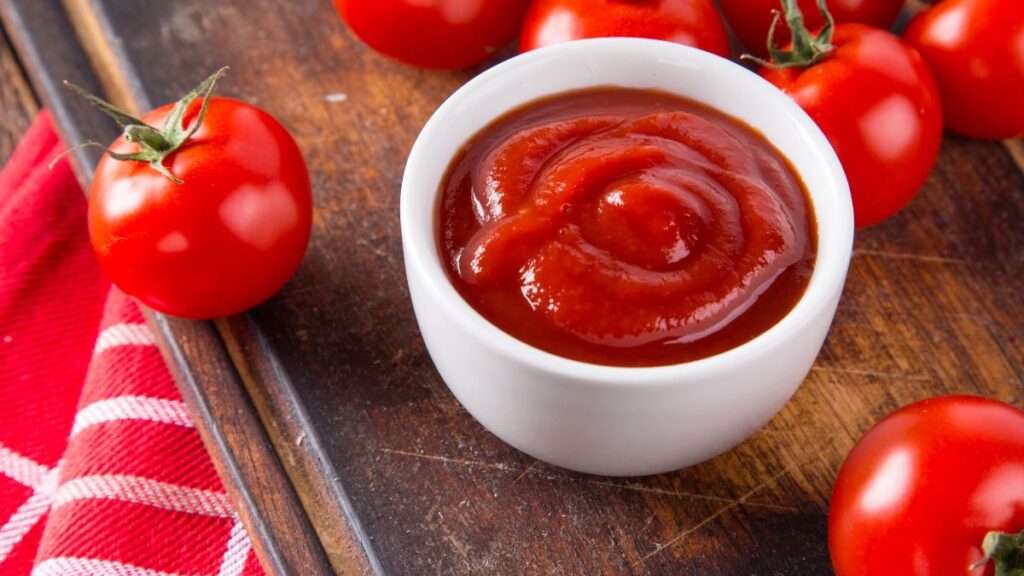
Ketchup is a staple condiment today, but in the early 19th century, it was marketed as a cure-all medicine. The original ketchup recipe was made from fermented fish brine, and it wasn’t until later that tomatoes were added, creating the familiar sauce we know today. Early proponents of ketchup claimed that it could treat a variety of ailments, from indigestion to jaundice to diarrhea. It was even sold in pill form at one point!
While it might seem odd to us now, this belief in ketchup’s medicinal properties reflects the experimental nature of early medicine, where many foods and natural substances were tested for their health benefits. Over time, ketchup lost its reputation as a medicine but gained popularity as a condiment, becoming a beloved addition to everything from fries to burgers. Its journey from the apothecary to the dining table is a fascinating chapter in the history of food.
Apples Float Because They’re 25% Air

If you’ve ever bobbed for apples, you might have noticed that they float, and there’s a good reason for that. Apples are made up of about 25% air, which gives them their buoyancy and allows them to float in water. These air pockets are distributed throughout the apple’s flesh, creating tiny spaces filled with air and contributing to the fruit’s light, crisp texture.
This structure not only helps apples float but also plays a role in their freshness and crunchiness, as the air pockets keep the flesh firm and juicy. The science behind this simple fruit adds a fun and educational element to the classic autumn game of bobbing for apples, making it more than just a seasonal tradition. So, the next time you bite into a fresh, crunchy apple, you can enjoy it even more, knowing the fascinating reason behind its light and airy texture.
Garlic Was Once Thought to Repel Vampires
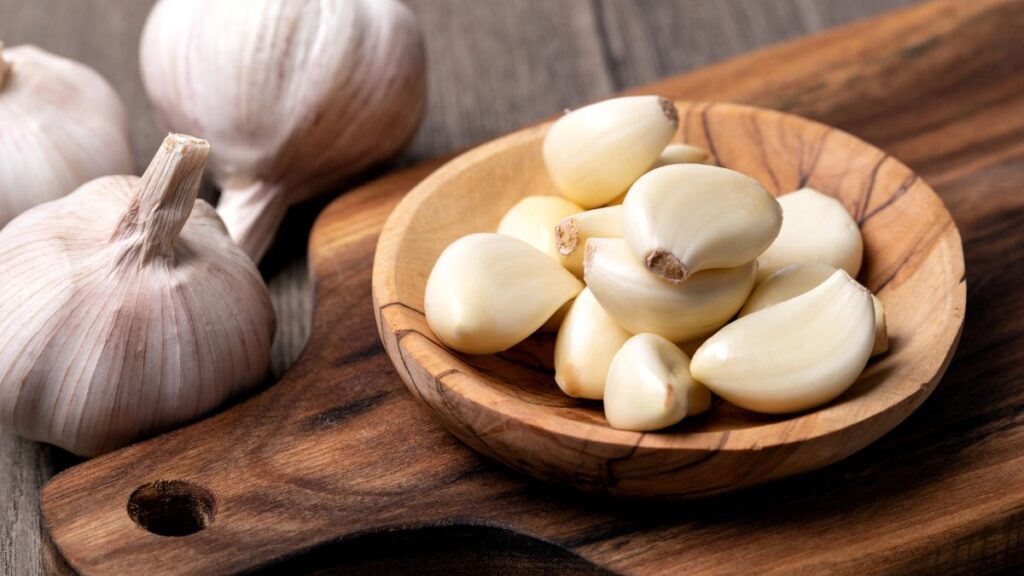
Garlic has long been associated with warding off evil spirits, and in folklore, it was believed to be especially effective against vampires. The strong smell of garlic was thought to be offensive to these supernatural creatures, keeping them at bay and protecting homes from their nocturnal visits. This belief was so widespread that people would hang garlic around their doors and windows or even wear it around their necks to prevent vampires from entering their homes.
While there’s no scientific proof that garlic can repel vampires, the idea has endured in popular culture, making garlic a symbol of protection as well as a flavorful ingredient in cooking. Today, we might laugh at the idea of using garlic to ward off vampires, but it’s still a fascinating glimpse into how our ancestors used the tools at their disposal to keep themselves safe from the unknown.
Carrots Were Originally Purple

The orange carrots we know and love today are actually a relatively recent development in the history of this vegetable. Wild carrots were originally purple, and some were even white or yellow. It wasn’t until the 17th century in the Netherlands that orange carrots were cultivated as a tribute to the Dutch royal family, the House of Orange. These new orange varieties quickly became popular and eventually replaced the older purple, white, and yellow varieties in many parts of the world.
The cultivation of orange carrots was not just a matter of taste or appearance; it was also a political statement, symbolizing Dutch independence and pride. Over time, the orange carrot became the standard, and its colorful history was largely forgotten. Today, however, you can still find heirloom varieties of purple, white, and yellow carrots, which serve as a tasty reminder of this vegetable’s diverse past.
The Most Expensive Coffee Comes from Cat Poop

Kopi Luwak, also known as civet coffee, is one of the most expensive and unusual coffees in the world. It’s made from beans eaten and excreted by a civet cat. This small mammal, native to Southeast Asia, consumes the ripest coffee cherries, and as the beans pass through its digestive system, they undergo a fermentation process that is said to reduce their bitterness and enhance their flavor.
After being excreted, the beans are collected, cleaned, and roasted to create a smooth, less acidic coffee that connoisseurs highly prize. While the process might sound off-putting, the resulting coffee is considered a delicacy and can fetch extremely high prices. However, it’s worth noting that the production of Kopi Luwak has raised ethical concerns, as some producers keep civets in captivity and force-feed them coffee cherries. Despite its controversial nature, Kopi Luwak remains a fascinating and sought-after beverage in the world of coffee.
Cows Produce More Milk When Listening to Music
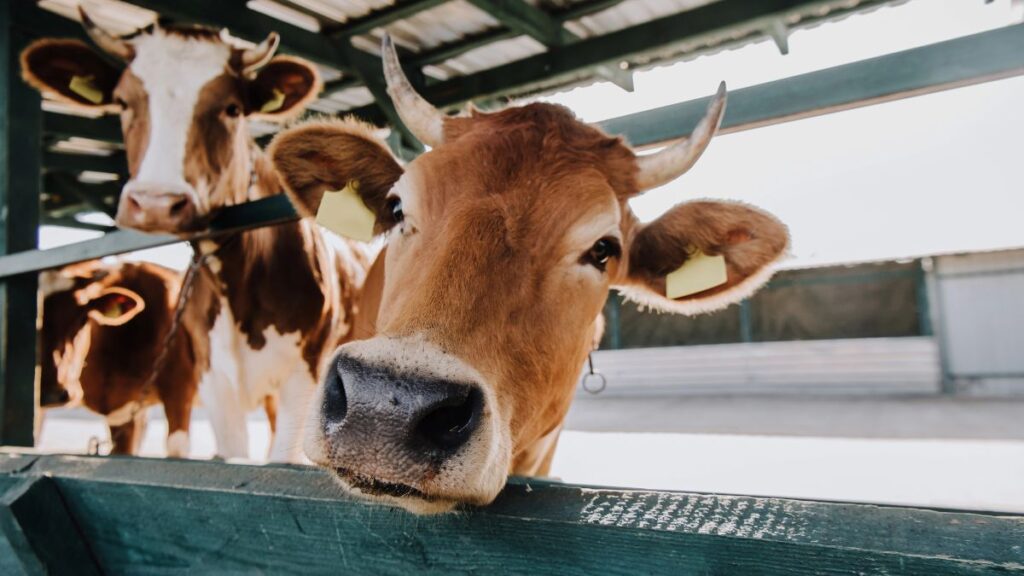
Cows have a taste for music, and studies have shown that they produce more milk when they listen to slow, soothing tunes. Researchers believe that music’s calming effect helps to reduce stress in cows, allowing them to relax and focus on producing milk. Classical music, in particular, has been found to be especially effective, with some dairy farms even playing it in the background throughout the day.
This connection between music and milk production is a testament to the importance of creating a peaceful and comfortable environment for livestock, as stress can significantly impact their health and productivity. So, the next time you enjoy a glass of milk, you might want to thank the calming influence of a little Mozart or Beethoven for helping to make it possible. It’s a fun and unexpected link between the world of music and the world of dairy farming.
Tomatoes Were Once Considered Poisonous

In the 18th century, Europeans were wary of tomatoes, believing them to be poisonous due to their association with the nightshade family, which includes several toxic plants. The tomato’s acidic nature also contributed to this fear, as it caused the fruit to leach lead from pewter plates, leading to cases of lead poisoning. This misunderstanding led to tomatoes being shunned as a food source for many years, especially among the upper classes.
It wasn’t until the 19th century that tomatoes began to gain acceptance, thanks in part to their popularity in Mediterranean cuisine, where they were used in dishes like pizza and pasta. As tomatoes became more widely used and their health benefits became better understood, they eventually shed their reputation as a dangerous food. Today, tomatoes are a staple in kitchens around the world, prized for their versatility and rich flavor, and it’s hard to imagine a time when they were feared rather than loved.
Watermelons Are 92% Water
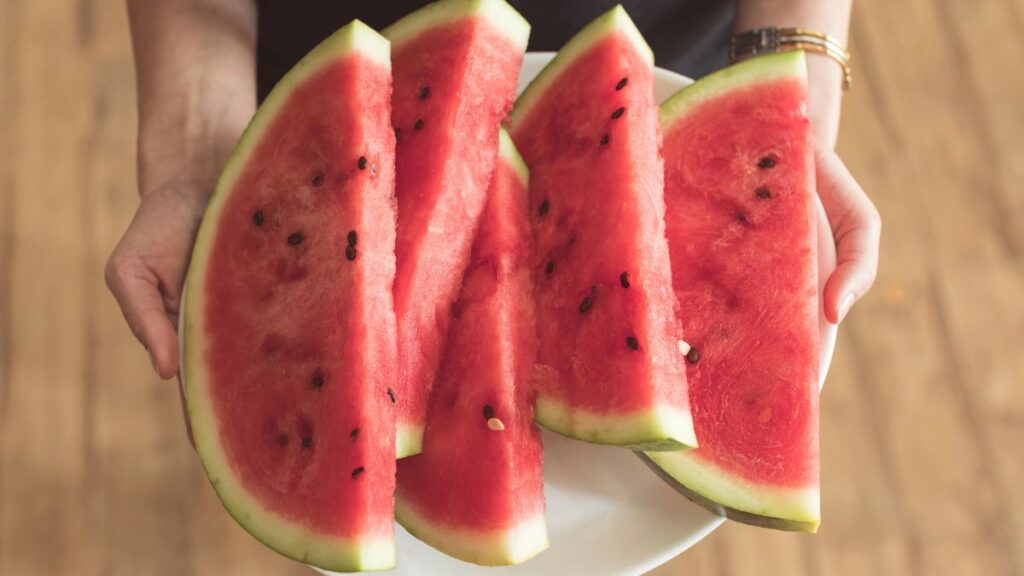
As the name suggests, watermelons are mostly made of water—92%, to be exact—which makes them one of the most hydrating fruits you can eat. This high water content not only makes watermelons incredibly refreshing, especially on a hot summer day, but also helps to keep you hydrated while you enjoy their sweet, juicy flesh.
In addition to being packed with water, watermelons are also a great source of vitamins A and C, as well as antioxidants like lycopene, which can help protect your cells from damage. Their combination of hydration and nutrition makes watermelons a perfect choice for a healthy snack or dessert. Whether sliced, cubed, or blended into a smoothie, watermelons offer a delicious way to stay cool and nourished during the warm months. Plus, their vibrant color and refreshing taste make them a favorite at picnics, barbecues, and summer gatherings.
15 Practical Ways to Save Money During Retirement

Entering retirement doesn’t have to mean giving up a comfortable lifestyle. With strategic planning and simple adjustments, it’s possible to make the most of your retirement income and enjoy a financially secure life.
15 Practical Ways to Save Money During Retirement
15 Foods Only The Wealthy and Elite Can Eat Now

Culinary trends are constantly evolving, and some foods have become more than just sustenance—they’ve become status symbols reserved for the elite.





